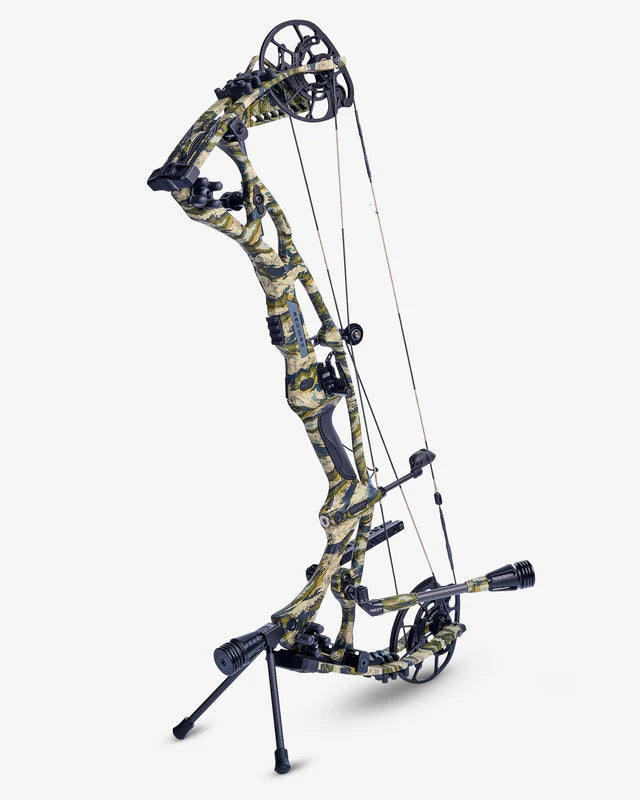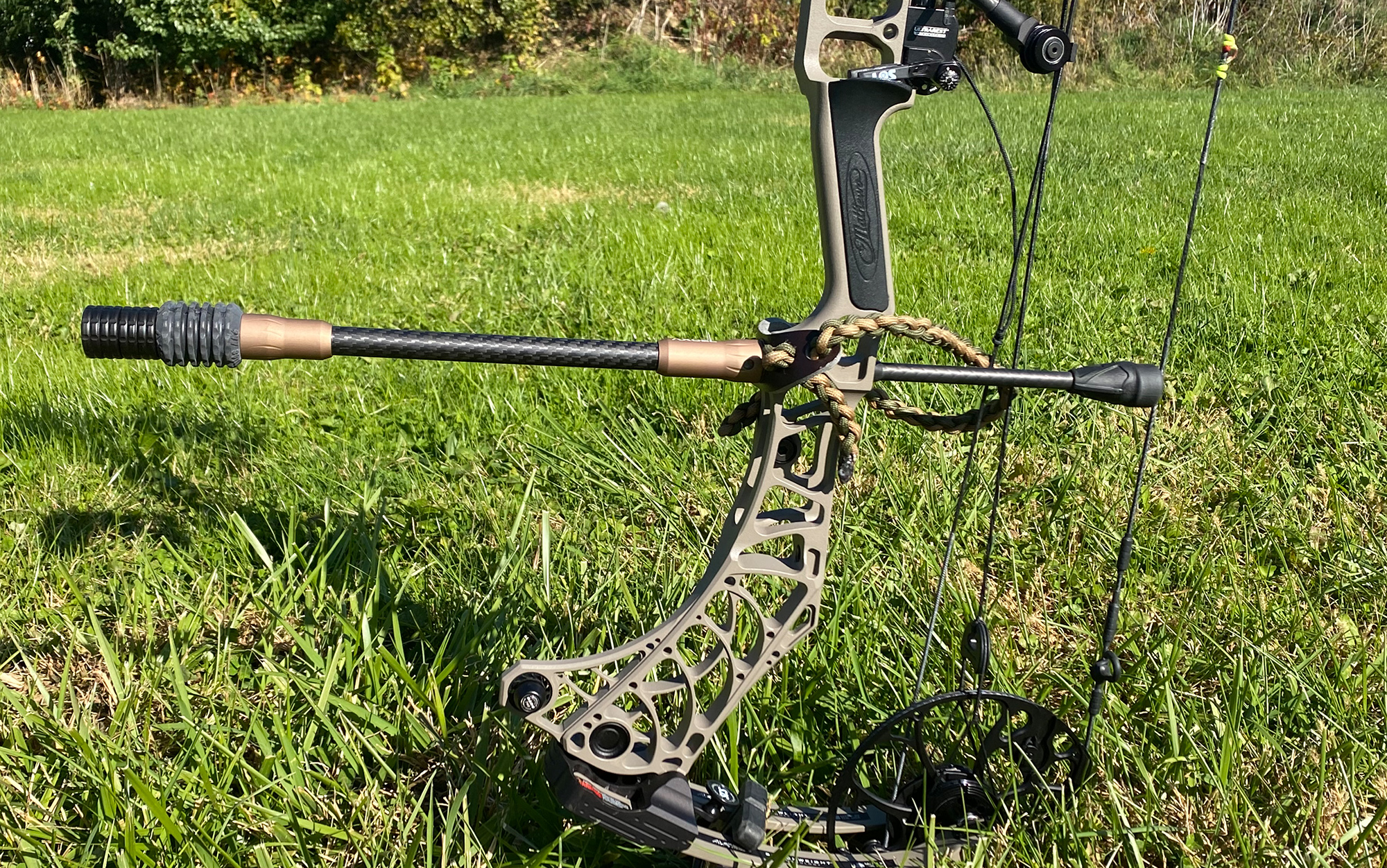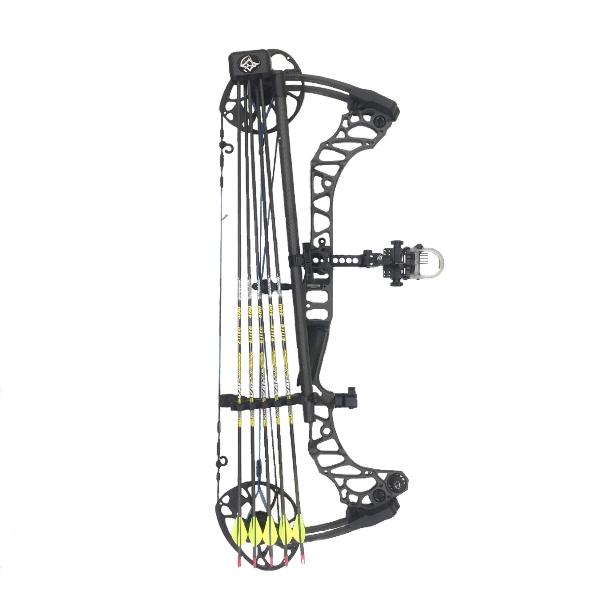Enhance Your Shot: Choosing the Right Archery Stabilizer
Enhance Your Shot: Choosing the Right Archery Stabilizer
Blog Article
Master the Art of Archery: Recognizing the Value of a Stabilizer in Your Arrangement
Archery, an old sporting activity that requires emphasis, accuracy, and ability, has actually astounded people for centuries. Whether one is an experienced archer or just starting their trip, the significance of a stabilizer in their setup can not be overstated. This important tool plays a considerable function in improving accuracy and boosting total efficiency. By understanding the benefits of making use of a stabilizer, taking into consideration the ideal elements when choosing one, and effectively mounting and adjusting it, archers can raise their skills to brand-new elevations. Let us check out the complexities of mastering the art of archery and discover the important function that a stabilizer plays in achieving success on the array.
The Duty of a Stabilizer in Archery
A stabilizer plays an essential duty in archery by boosting equilibrium and lowering vibrations during the shot. A stabilizer helps to neutralize these vibrations by dissipating the energy and taking in (archery stabilizer).
One of the main benefits of a stabilizer is its ability to boost balance. The weight of the stabilizer aids to disperse the weight uniformly, decreasing the pressure on the archer's arm and enhancing security.
In enhancement to balance, a stabilizer likewise helps to minimize torque. The weight and style of a stabilizer counteract this rotation, making certain a more consistent and exact shot.
Advantages of Utilizing a Stabilizer
The use of a stabilizer in archery provides numerous advantages that boost an archer's efficiency and overall capturing experience. To start with, a stabilizer assists to minimize the vibrations created upon release of the arrowhead. These vibrations can create the bow to torque or spin, resulting in inaccurate shots. By soaking up and wetting these vibrations, the stabilizer boosts the stability of the bow, permitting even more specific and constant shots.
Secondly, a stabilizer helps to balance the bow by adding weight to the front end. This weight circulation neutralizes the all-natural tendency of the acquiesce tip onward upon release, minimizing the quantity of motion and enhancing the archer's capability to keep purpose on target.

Last but not least, a stabilizer can likewise function as a shock absorber, lowering the shock and recoil experienced upon launch. This not just improves the comfort of shooting however also decreases the threat of injury or stress on the archer's body.
Just How a Stabilizer Improves Precision
Enhancing the accuracy of an archer's shots, a stabilizer plays a critical function in improving general performance. archery stabilizer. By adding security to the bow, a stabilizer helps minimize the undesirable movement and vibration that can take place throughout a shot. This reduction in motion allows the archer to keep a consistent purpose, leading to even more regular and exact shots

Additionally, a stabilizer aids to wet vibrations that happen upon release. These resonances can cause the bow to drink, impacting the arrow's trajectory and precision. By taking in and dissipating these vibrations, a stabilizer aids to preserve the bow's stability and ensure a exact and smooth shot.
Moreover, a stabilizer can likewise aid in stabilizing the weight distribution of the bow (archery stabilizer). By adding weight to the front of the bow, a stabilizer assists to balance the weight of devices, such as sights or quivers, which may be affixed to the bow. This well balanced weight circulation assists the archer preserve a stable and regulated shooting setting, bring about improved accuracy
Elements to Consider When Selecting a Stabilizer
When choosing a stabilizer for your bow, it is very important to consider numerous aspects that will contribute to its total effectiveness and viability for your private shooting style. The very first factor to consider is the length of the stabilizer. Stabilizers are available in various lengths, varying from brief to long. Longer stabilizers normally offer much more security and equilibrium, yet they can additionally be heavier and a lot more hard to maneuver. Much shorter stabilizers, on the other hand, offer much better ability to move however might sacrifice some security.
One more element to think about is the weight of the stabilizer. The weight of the stabilizer can influence the equilibrium of your bow.
Additionally, it is important to consider the style and construction of the stabilizer. Some stabilizers have adjustable features, such as adjustable size or flexible weights, which permit you to customize the stabilizer to your certain requirements. The materials used in the construction of the stabilizer can also impact its effectiveness. Carbon fiber stabilizers are light-weight and durable, while aluminum stabilizers supply an equilibrium in between weight and rigidness.
Different stabilizers may work much better for particular shooting designs, such as target capturing or searching. It is recommended to consult with knowledgeable archers or professionals to establish which stabilizer will best fit your individual requirements.
Tips for Effectively Installing and Adjusting a Stabilizer
Proper setup and change of a stabilizer is critical for maximizing its performance and making sure optimum Bonuses shooting accuracy. When setting up a stabilizer, it is crucial to adhere to a few essential actions to guarantee its performance. First, establish the proper length of the stabilizer based on your shooting style and preferences. Longer stabilizers provide more see this website stability yet can be much less manoeuvrable, while much shorter stabilizers supply boosted ability to move yet might compromise stability. Attach the stabilizer to the bow using the offered installing equipment once you have picked the ideal size. Ensure that the stabilizer is safely fastened and straightened with the bow's riser.
After setting up the stabilizer, it is essential to make changes to attain the wanted balance and shot consistency. Beginning by adjusting the weight circulation along the stabilizer. Furthermore, take into consideration adjusting the angle of the stabilizer to make improvements the shot.

Conclusion
In conclusion, a stabilizer plays an important duty in archery by enhancing accuracy and decreasing bow torque. By including weight to the bow, it helps to balance and maintain the shot. When choosing a stabilizer, factors such as weight, size, and material must be thought about to meet specific requirements. Appropriate installation and modification of the stabilizer are also important for optimum efficiency. Mastering using a stabilizer view it can considerably improve the archer's ability and accuracy.
Furthermore, a stabilizer can likewise assist in balancing the weight distribution of the bow. By including weight to the front of the bow, a stabilizer helps to balance the weight of devices, such as quivers or views, which may be affixed to the bow. Some stabilizers have flexible attributes, such as flexible length or flexible weights, which enable you to tailor the stabilizer to your details demands. Carbon fiber stabilizers are sturdy and lightweight, while light weight aluminum stabilizers offer a balance in between weight and rigidity.
Longer stabilizers supply even more stability but can be much less maneuverable, while shorter stabilizers offer increased maneuverability yet may compromise stability.
Report this page